Suffering from Alopecia
I have always had thin and breakage-prone hair.
I do not suffer from hereditary Alopecia, but I have experienced times of intense hair loss, and some in my family suffer from Traction Alopecia.
I've got through my times of hair loss and thinning by manipulating my hair-less and wearing wigs.
Now, I can wear my hair in a wrap!

What Is Alopecia?
Alopecia affects many people across a variety of demographics.
It is a hair disease that can be received through genetics or induced through hair practices. Alopecia is the partial or complete absence of hair from areas of the body where it usually grows.
Alopecia does not just affect one's hairstyles and preferences, the sudden and often permanent loss of hair can cause severe body image issues, depression, and lack of confidence.

Different Types of Alopecia
Alopecia can result in partial or complete baldness, and happen at a sudden rapid rate.
Different types of alopecia labeled in categories based on how it is acquired, where and how the hair falls out, and the severity of the condition.
Alopecia Areata
Alopecia Areata is an autoimmune disease.
It is a type of hair loss that occurs when your immune system mistakenly attacks hair follicles, which is where hair growth begins. This form of Alopecia affects both women and men. Alopecia Areata is an alopecia type that can happen over time with gradual thinning of hair or fall out quickly in large clumps.
Alopecia Areata is incurable but treatable. Most people grow their hair back although some people experience hair loss in other areas of their heads later on. Alopecia Totalis is an alopecia type that spreads across the entire scalp. Heredity causes Androgenetic Alopecia.
Alopecia Universalis occurs over the whole body taking out one's eyelashes, eyebrows, and any natural hair.
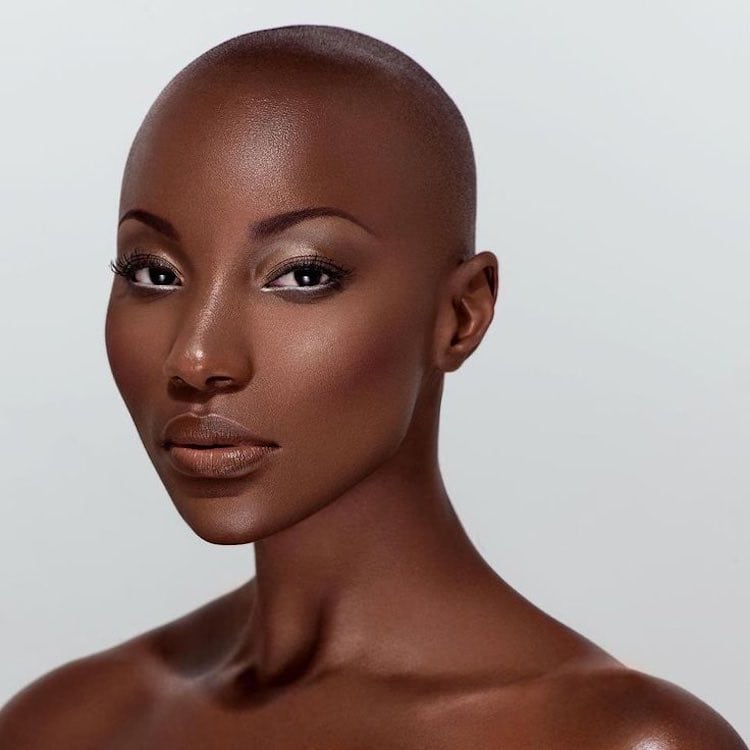
Traction Alopecia
Traction is a form of alopecia, or hair loss, caused mainly by pulling force applied to the hair.
It is usually created as a result of the sufferer frequently wearing their hair in a particularly tight ponytail, pigtails, or braids. Traction Alopecia is the only form of Alopecia that is not genetic and happens due to outside factors.
Signs of traction alopecia include bumpy rashes, scalp redness, itching, and scaling. There are early signs of traction alopecia occurring due to irritation of the scalp and damaged or broken hair follicles. In more extreme cases one might have pus-filled blisters on the scalp and inflammation of the scalp.
All forms of Alopecia can cause permanent hair loss. Alopecia, hair breakage, and follicle damage are reasons why Private Label stress the importance of hair health and good weaving practices on the blog.
Tight weaves or improper installations can cause a broader issue that is harder to reverse like Traction Alopecia.
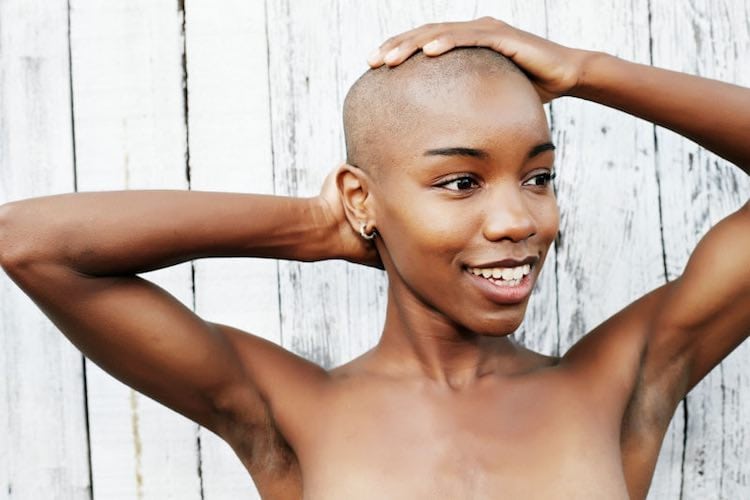
Option for Extensions
Often those with Alopecia wear weaves or wigs to cover balding, thinning, or areas of total hair loss. There are so many options for extensions it may be hard to decide where to start!
Extension Types
Virgin Vs. Synthetic Extensions
Virgin Hair Extensions is chemically unprocessed human hair, collected from a single donor.
Raw hair extensions has not been altered by dyes, perms, bleaches or harsh washes. Virgin Hair can last years and is reusable because it is human hair and is uncontaminated. This type of hair can be straightened, curled, and bleached or dyed to your liking and will retain its softness. Virgin extensions shed a little like natural hair.
However, they have different properties that entice people to purchase them.

Brazillian hair is the most common and the most like natural hair. Malaysian hair is a coarser thicker kind of extension and usually comes in a dark natural brown. Russian and Vietnamese hair is thinner and blends better with silky hair types.
Synthetic wigs are cheaper and found in local beauty stores. While these wigs made of a mix of synthetic fibers and processed hair, it is still a good option for extensions. Synthetic wigs can be lightly styled and interchangeable.
With both wig styles, it is essential to wear a protective cap underneath that can be purchased at the local beauty store. It is a breathable flesh-colored cap that will act as a barrier between your hair or scalp and the wig.
Gluless Wigs
Over the past few years Human Hair Glueless Wigs have become very popular.
These types of wigs are easy for everyone to pop on and take off at night without the need of an adhesive. Private Label has been working on perfecting glueless wigs to make them ultra realistic with professional color and HD lace.
Glueless wigs are a fantastic option for those suffering from Alopecia.
Full Lace Wigs
Full lace wigs are made of complete lace and are attached to the head using a band, wig tape, or glue adhesive.
These wigs allow the wearer to have the versatility and a natural-looking nape and edges. Lace wigs are a good style and have a breathable cap to reach the scalp. Frontals and closures can be attached to wigs made with three to four bundles.
Bundles are a cheaper alternative to buying a full lace wig. For instance, if you are commissioning someone to make a unit, three bundles of 14 inches Brazillian Body Wave Hair with a 12 in. matching closure is $167. The same 14 inches Brazillian Body Wave Body Bundles with a Brazillian Frontal is $219; this allows the wig to be deconstructed and made into another wig or used later.
Constructing a unit is more cost-efficient compared to purchasing a full lace wig from the Private Label Extensions website for $150 or higher. However, both options have their benefits and are still of incredible quality.
One should also check out the bundle deals on the site that offer three bundles for a package deal.

Bundles On A Budget
Quality human hair or virgin wigs can be costly.
But don't worry! Private Label Extensions has full lace wigs available for and bundle deals for bundles made into wigs. Synthetic wigs are also a good alternative if you are unable to purchase virgin extensions. However, you should invest in the best extensions as it will last for years on end with correct care and be less expensive in the long run.
Look for sales or deals to get the bundles or wig you desire. Private Label Extensions has a calendar of all the potential holidays and sales that their hair company may be having.
Additionally, your insurance may cover your wig expenses. While they may not outright have a section labeled "Hair Coverage or Replacement Hair" it is likely that this option is a prosthetic if your hair loss is for genetic reasons. Insurance may not cover the entire cost.
However, you may have to pay the remaining balance.

Extensions for Thinner Spots or Bald Spots
If your hair has thinned or balded o the edges, there is still hope for your hair!
Opt for styles that do not pull on your hair; this will cause more damage to the hair follicles that may still be viable and irritate the surrounding scalp. If you're suffering from Alopecia that has resulted in some bald spots, you may not want to buy or construct a full wig.
Clip-in or tape in extensions is an excellent alternative to braiding and sewing in wefts or bonding extensions. Clip-in hair extensions and tape in Extensions placed virtually no stress on the hair and removed for breaks. Clip-In Extensions are tracks that have small clips attached to the wefts; these can be placed throughout the hair near balding spots to mask the affected area.
Tape-in extensions can be done the same way, and allow your hair to have a little extra fullness and shielded from view.
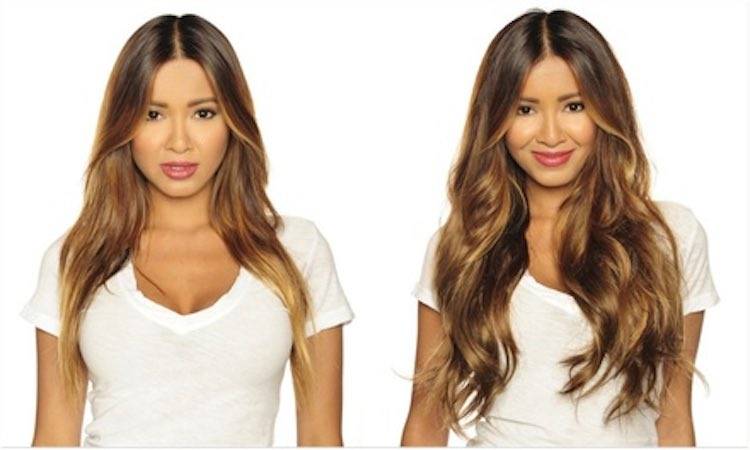
While Alopecia does affect the hair and scalp by making it itchy, bumpy or causing hair loss, it is still important to practice healthy hair care. Do not give up on your skin and hair because of your condition.
Here are the things to avoid to keep your hair and scalp healthy.
#1 Wash and Condition Hair
Although your hair may be falling out, it is imperative to take care of the hair that is left to reduce the amount of hair that can potentially be affected by the loss.
Additionally, taking care of your scalp can stop additional breakage and keep the hair follicles healthy enough to sustain hair growth later on. Some doctors will prescribe a shampoo or conditioner as well as grease for your hair depending on the condition of your scalp and the needs of your hair.

#2 Use Essential Oils
Essential oils like peppermint, castor, and jojoba oil have been proven to help hair growth by stimulating the scalp. Wild Growth Oil is another good oil that restores edges and thickens hair. Be careful to use these oils in moderation and rub into the scalp as directed.
#3 Avoid Tight Styles
During this critical time avoid styles like braids, buns, ponytails, and weaves. All of these styles put added stress on the hair and pull the skin and follicles too tight. Tight techniques and pulling can cause Traction Alopecia or worsen hair conditions.
#4 Don't Be Rough with Hair
Be kind to your hair; even if right now it feels like your hair isn't being helpful to you.
Do not overdo it when it comes to trying to"fix or force" your hair to return to the way it was. Follow a good hair care regimen, and wear wigs or your natural hair to lessen the stress on your follicles. Try not to perm or bleach hair during this time. It is time to treat and nurture hair.
Avoiding harsh chemicals is a must!

#5 Take Supplements
Hair growth supplements or general vitamins can provide your body with the vitamins and minerals it needs to produce healthy hair, that you might otherwise be missing out on based on your diet.
#6 Drink Water
Water is the root of all things beautiful! The saying "water does a body good" is correct. Water has a cleansing effect on your entire body and helps the blood move more freely to the scalp as well. Good circulation is good for hair growth. Dehydration can contribute to thinning and dry and brittle hair.
#7 Eat Good "Hair" Foods
Foods that are high in protein, Vitamin C along with Vitamin E help create stronger fuller hair.
Foods such as eggs, nuts, greens, and citric fruits are good for the hair. So are chicken and fish! While eating healthier isn't a promise for Rapunzel hair it will reinforce minerals in the hair shaft and create a better scalp for hair growth.
It is also useful for your skin, nails, and overall health.

#8 Avoid Stress
Attempt to stay calm! Added stress can cause your hair to fall out even more. The pressure is terrible for your health, your hair, and your sanity!
#9 Try to Remain Positive
I know that when your gorgeous locks are falling out in clumps, or you feel embarrassed about your edges it may be hard to stay positive.
However, I am speaking from experience. My mother suffers from Alopecia, and I have thin hair texture and light strands. About four months ago, all the hair along the perimeter of my hairline fell out. My edges snatched out of my scalp.
I didn't have any tenderness or bumping that signaled to the hair loss, one day I took down my braids, and my hair came out with it.
#10 Exercise
Exercising is a stress reliever and brings extra blood and oxygen to the hair, which can stimulate hair growth. You don't have to be the next Julian Michaels, but try going with your girls to Zumba maybe once a week. Or turn on your favorite song and get it in at home.

Overcoming Hair Loss
The tips above were used to regrow my hair.
I stopped getting braids, sew-ins, and ponytails, anything that could potentially strain and damage my hair and resorted to wearing wigs with a thin mesh cap underneath.
At night, I began to remove my wigs and massaged Wild Growth Oil into my scalp. Every two weeks, I started deep conditioning my hair, stopped slathering on edge control, and braided my hair for the foundation of my wig.
I also ate foods high in protein and massaged my scalp to stimulate blood flow.
Throughout my experience, I remained positive by allowing my hair time and care to grow back. I focused on all the new styles I could try out and becoming a self-proclaimed hair guru at that time, instead of wallowing over the hair loss. It was indeed a humbling and life-changing experience.

Overall, human hair wigs are a good option for styling when dealing with Alopecia. Any texture, type, or length of extensions is excellent to use for your hair.
Though it is better to choose Virgin has extensions because of the longevity and versatility it provides.
Top 5 FAQ's about Hair Extensions and Alopecia
1. What are the safest types of hair extensions for someone with alopecia?
Answer: For those with alopecia, the safest extensions are those that apply minimal to no tension on the scalp and hair follicles.
Clip-in extensions are highly recommended because they can be applied with minimal tension and removed daily to reduce strain on the scalp. Another gentle option is halo extensions, which rest on the head with a hidden wire and do not pull on the hair.
It’s crucial to select lightweight extensions to prevent additional stress on the hair.
2. Can wearing hair extensions worsen my alopecia?
Answer: Hair extensions, if not selected or applied correctly, can potentially worsen alopecia, particularly if they pull on the scalp or are too heavy.
This is known as traction alopecia. To minimize risk, opt for extensions that distribute weight evenly and apply minimal tension.
Always have them applied by a professional who understands your condition, and communicate any discomfort immediately.
3. How do I ensure my extensions look natural despite my alopecia?
Answer: For a natural look, consider custom-fitted wigs or a consultation with a cranial prosthesis specialist who specializes in hair loss to match the texture and color of your natural hair as closely as possible.
Techniques such as blending shorter pieces with longer extensions can create a more seamless look.
Additionally, a professional stylist can cut and style the extensions to blend seamlessly with your natural hair, offering a look that enhances volume and coverage where needed.
4. How do I care for my scalp and natural hair while wearing extensions?
Answer: Scalp and hair care are crucial, especially when dealing with alopecia.
Use gentle, sulfate-free shampoos and conditioners to keep your scalp healthy. Regularly massage the scalp to stimulate blood flow, which can promote hair health and growth.
Ensure you remove clip-in extensions before sleeping and give your scalp a break from halo extensions as needed to let your skin breathe and prevent any potential tension.
5. Are there any specific extension materials I should look for or avoid?
Answer: Generally, lighter materials put less strain on the scalp and hair follicles.
Human hair extensions are preferable because they can be styled, washed, and treated much like your own hair, offering a natural appearance and feel. Synthetic extensions might be lighter and less expensive, but they can look less natural and are less versatile in terms of styling.
When possible, avoid heavy extensions or those that require tight braids, weaves, or adhesives that could further irritate or stress the scalp.

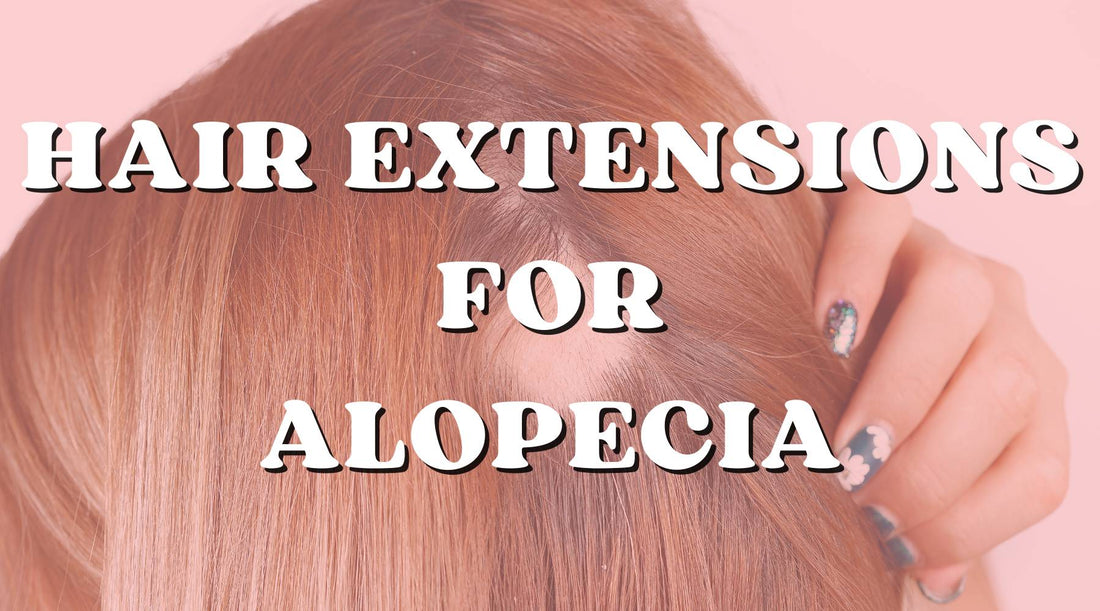
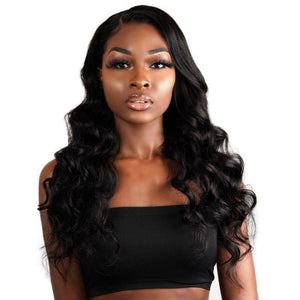
2 comments
I have alopecia on crown of my head. I like to wear wigs and hats. I cut my curly hair in a short pixie cut. I am now grey and don’t color my hair. I like to keep it shiny white with a violet shampoo, a good conditioner and once a month I use a good detox shampoo. I use Women’s rogain daily and take lots of vitamins. Would your oil be ok to use alternately with Rogain, on opposite days?
Hair extensions for alopecia